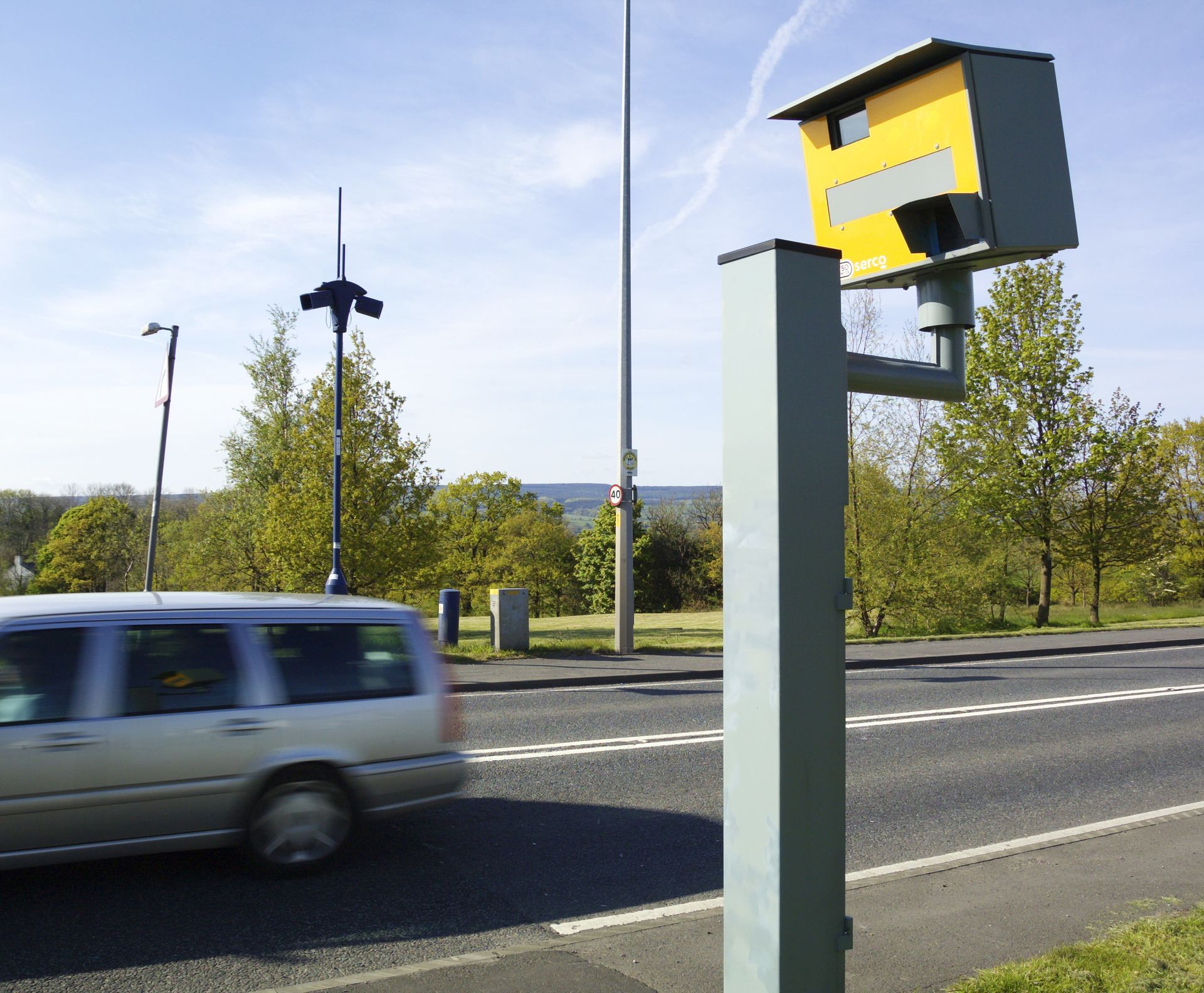New Report Reveals Businesses Could Save Over £29,000 Per Year With Artificial Intelligence
- An extensive report by ����ֱ�� into the application of artificial intelligence (AI) in business has revealed the significant time and money savings the technology can bring
- The report, which surveyed over 2,000 consumers and more than 1,000 business leaders also reveals the industries that stand to make the most by adopting AI
- Compiled over 37 pages of in-depth analysis, the report also highlights the current challenges that AI technology faces, such as lack of consumer trust and job loss fears
A new report from focusing on the growing potential of using AI in business has revealed the impressive time, money and effort savings, companies around the world could stand to make.
With data showing that AI in some form, is already used in 83% of UK businesses, ����ֱ��’s report delves into more detail about this rapidly evolving technology. By using insight gained from extensive surveys with consumers and business leaders, the findings help to shine a light on current attitudes towards AI and the benefits to large and small businesses.
Namely, the report reveals that by adopting AI such as chatbots and automated financial reporting, businesses can save an average of nearly 40 hours each week, or 2,075 hours per year.
This substantial time saving also translates to revenue, with UK business leaders surveyed stating that AI can help them to substantially cut operational costs. Based on the savings outlined by those surveyed, this equates to average savings of more than £29,000 each year. For certain sectors, AI becomes even more inviting, with the likes of the Automotive and Commercial Services industries able to save upwards of £40,000 per year, simply by adopting more AI solutions.
The Sectors That Stand To Save The Most Money With AI
| Rank | Sector | Monthly Savings | Annual Savings |
|---|---|---|---|
| 1 | Automotive | £3,465.35 | £41,584.20 |
| 2 | Commercial Services | £3,379.65 | £40,555.80 |
| 3 | Architecture, Engineering & Building | £3,126.35 | £37,516.20 |
| 4 | Finance | £3,025.48 | £36,305.76 |
| 5 | Hair & Beauty | £2,969.16 | £35,629.88 |
Time and cost savings aside, the report also outlines the huge money-making potential of AI, particularly where digital voice assistants such as Google Home and Amazon Alexa are concerned. Currently, 29% of UK consumers are willing to spend an average of £92 on purchases made via voice assistants, equating to a potential market of more than £1.8 billion in the UK alone.
The Hurdles Faced For Wider AI Adoption
Despite this great potential, ����ֱ��’s report highlights potential barriers to AI being fully integrated into business plans moving forward. For the business leaders surveyed, these barriers include a lack of knowledge, with 30% stating they would benefit from training with various AI technologies, but mainly, there were strong concerns over human job losses. 67% of business leaders surveyed stated they were concerned that advancements in AI would result in job losses, creating a challenging landscape for business owners who want to benefit from cost and time savings, but avoid making redundancies.
For consumers, the main barriers centred around trust, with many expressing concerns about using AI such as voice assistants. 75% feel worried that their data will fall into the wrong hands, 68% have concerns about strangers hacking their devices and interestingly, 50% of the UK population are concerned about the government listening in to their conversations, via a voice assistant.
The Future Growth of AI
On the other side of the coin, the full report concludes that AI, with its huge profit potential is not only here to stay but should see continued growth in the coming years. There is a market that expects even more AI-driven personalisation, with more than 1 in 10 (13%) of consumers stating they would like to see more personalised adverts, with 8% admitting they would even share details of their family to gain this level of hyper-personalisation.
According to the data, the younger demographic will be the key drivers of this growth, as 16–25-year-olds are already willing to spend more than the national average via voice assistants (£150 vs. £92). This age group also actively wants their interactions with businesses to become more automated and less face-to-face, with 87% stating they would prefer the likes of product buying, complaints and appointment scheduling to be more automated.
Claire Miles, Chief Executive Officer of ����ֱ�� commented: “The digital revolution has already changed many aspects of our everyday lives, both at home and at work.
It seems we are on the verge of another revolution with AI, with the time-saving and money-making capabilities of the technology being an absolute game-changer. The responsibility is now on business leaders of the world to ensure that any form of artificial intelligence is implemented properly, with the right security measures to alleviate trust and privacy concerns, as well as using it effectively and sensitively to create more specialised jobs, as the way we all work changes”.
To read the full report and discover further insights into AI and its impact on business and consumers, visit:
ENDS
Notes to editors
Methodology
Survey conducted in partnership with Censuswide in March 2022 to the following respondents:
- 2,003 UK consumers
- 1,008 UK business leaders
£1.8 billion potential spend via digital voice assistants calculated using average purchase amount of £92.32 multiplied by the 29% of the UK population that currently spend via voice assistants (19,872,849 based on the current UK population of 68,527,067. Source: worldometers.info)
About ����ֱ��
����ֱ�� Ltd exists to connect businesses and consumers via its leading marketplace for local services and offering managed digital marketing helping businesses to find, connect and sell to consumers online. ����ֱ�� Ltd is a proud Google Premier Partner, Microsoft Advertising Elite Channel Partner, and Meta Business Partner.
Learn more at and our Media Centre
Visit our social media channels: , , ,
Download the free ����ֱ�� consumer app from the or
Download the free ����ֱ�� for Business app from the or
For media enquiries, please email:



Follow us on
© ����ֱ�� 2024. Registered office: 3 Forbury Place, Forbury Road, Reading, RG1 3YL. Registered in England & Wales No: 12315720. VAT No: GB 765 346 017. All rights reserved. ‘����ֱ�� Pages’, ‘����ֱ��’ are trademarks of ����ֱ�� Limited or its licensors. Other trademarks, service marks, logos, and domain names are the property of their respective owners.